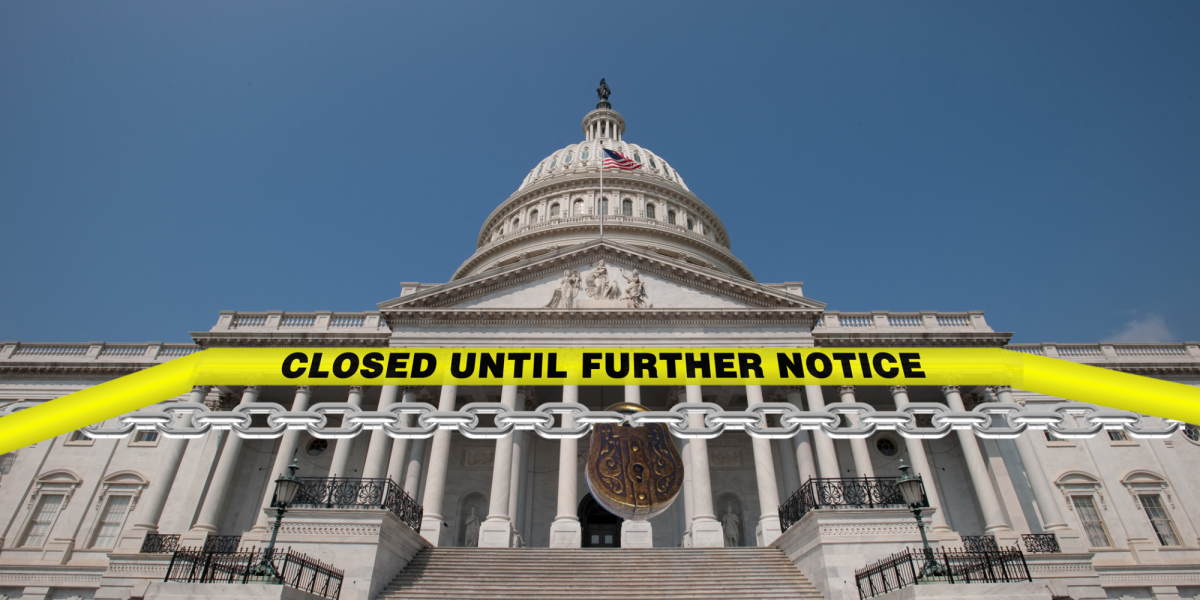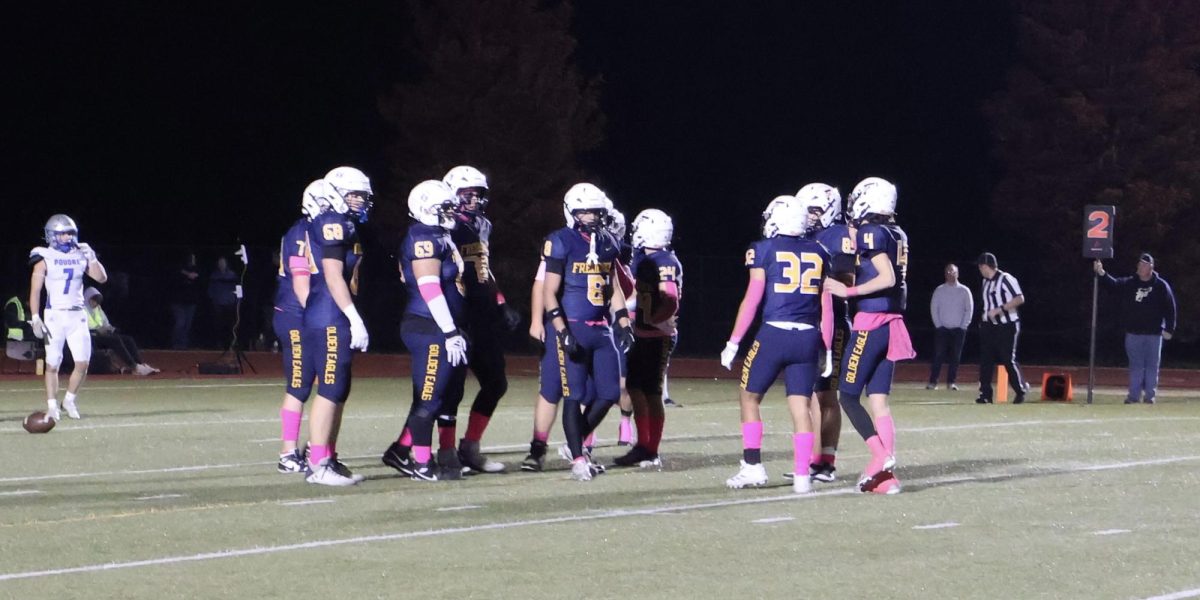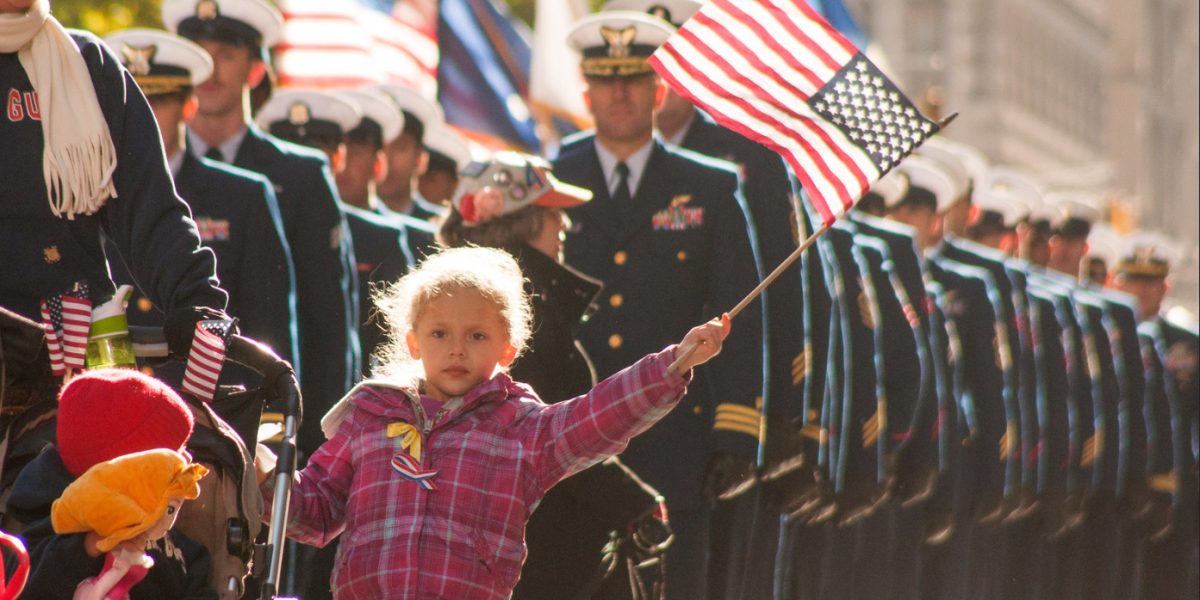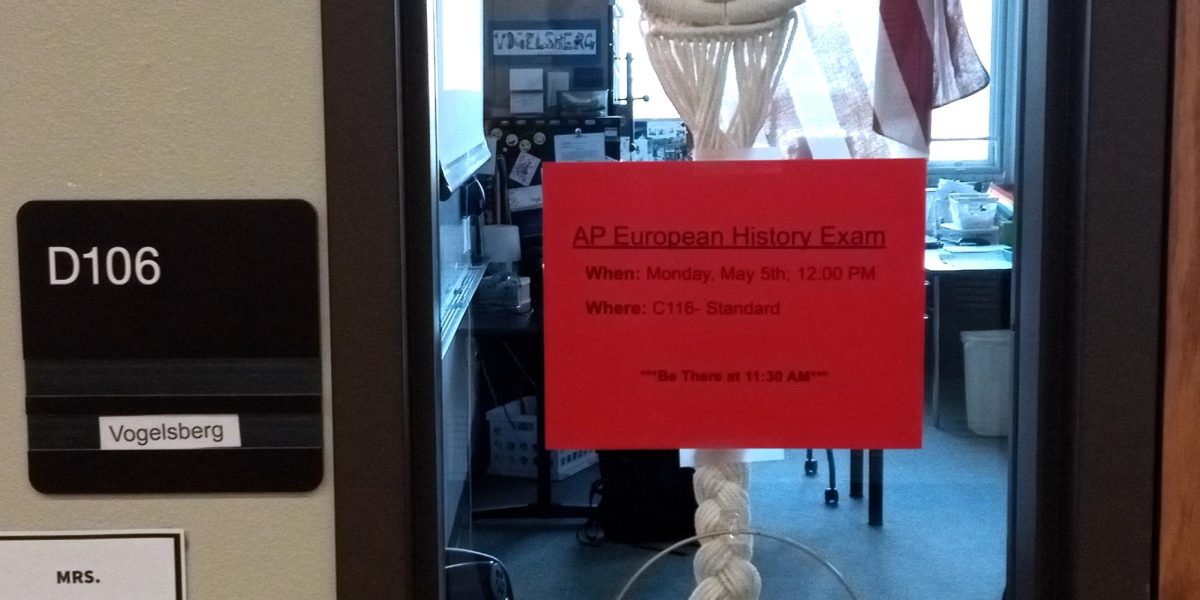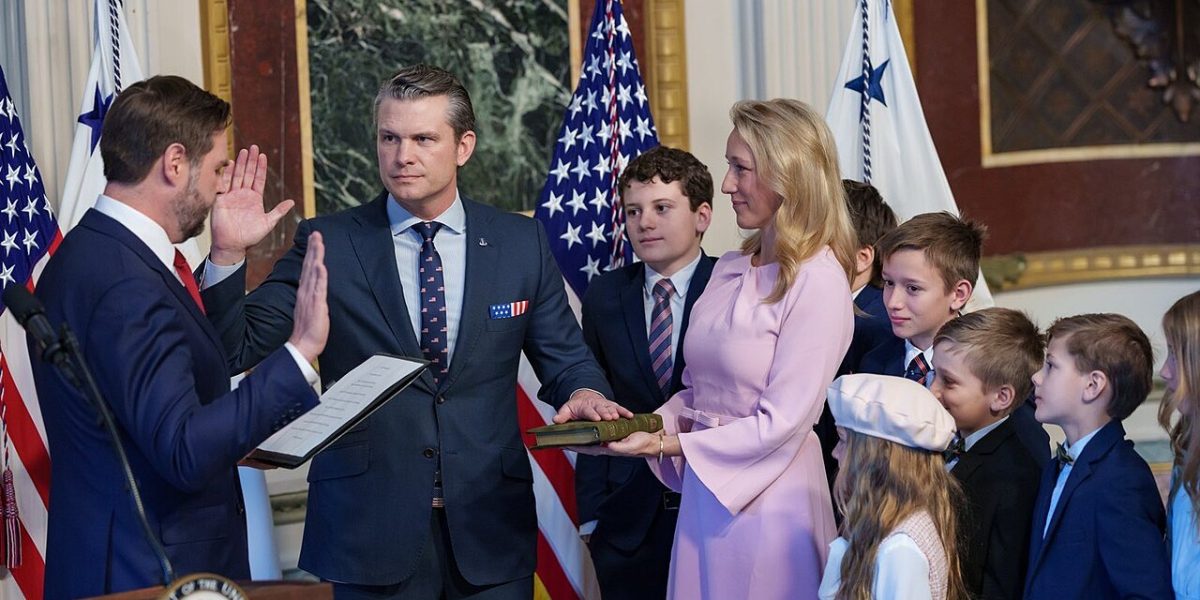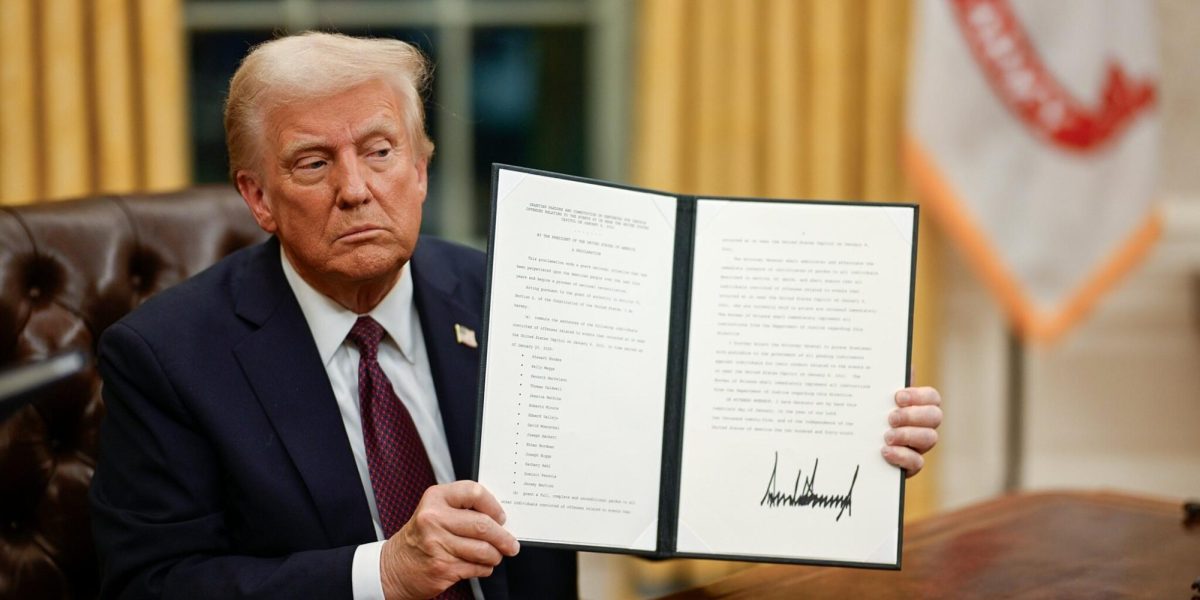President Donald Trump has sparked fresh debate after proposing a name change for Veterans Day, a holiday long dedicated to honoring the service and sacrifice of U.S. military veterans. Veterans Day (known as Armistice Day in Canada, Australia, and many other countries) is celebrated on the anniversary of the end of World War I but is intended to honor all American veterans for their willingness to serve, according to the U.S. Department of Veterans Affairs.
Trump wants to emphasize the historical significance of the date by renaming it to “Victory Day for World War I.” Additionally, Trump wants May 8 to become a holiday called “Victory Day for World War II.” This date is a holiday celebrated in several European countries as VE Day, or Victory in Europe Day. While the European theater of WWII did end on May 8, 1945, the US continued to fight in the Pacific until VJ Day (Victory in Japan) on September 2.
“We won both wars, nobody was close to us in terms of strength, bravery, or military brilliance, but we never celebrate anything,” Trump wrote in a late night statement, “That’s because we don’t have leaders anymore that know how to do so! We are going to start celebrating our victories again!”
Veteran’s Day is one of the 11 federal holidays in the United States each year. On these days, public-facing federal offices close and non-essential government workers get a paid day off. Mail delivery is suspended on a federal holiday, and banks close. While private businesses may choose to remain open, many close, while others that stay open pay employees time-and-a-half.
Federal holidays are created—and named—through the legislative process in Congress. The last time Congress designated a federal holiday was in 2021 when they recognized Juneteenth, which celebrates the end of slavery in the United States. Congress is also in charge of renaming or rescheduling federal holidays; for example, Decoration Day (which became a holiday in 1888) was renamed Memorial Day and moved from May 30 to the last Monday in May by Congress in 1968. While no federal holiday has lost its recognition, only a passed law by Congress could get rid of a federal holiday.
While Trump can’t unilaterally rename Veteran’s Day or create a new holiday, he could get his allies in Congress to draft and pass bills that make these changes. Even if this happens, however, the states might not go along with the new names. Every state chooses its own holidays where state government offices and services are shut down, and while state holidays usually mirror federal holidays, they don’t always line up.
A good example of this is Columbus Day, a federal holiday commemorating Christopher Columbus’ landing in Hispaniola that is celebrated on the second Monday of October. However, Colorado doesn’t celebrate Columbus Day—instead, the state started celebrating Cabrini Day on the first Monday of October in 2020. As for Veteran’s Day, a 1968 law moved the federal holiday from November 11 to the last Monday in October, but after 46 states kept the day on November 11, Congress returned to the old date in 1975.
While the decision is originally up to Congress, Trump has made it clear he wants everyone to celebrate and recognize the United States’ victories. However, this has received significant backlash from US veterans and military groups. Some have cited that focusing only on wars the US has won diminishes the sacrifices of veterans in wars where there was no clear victory or a loss, such as the Vietnam War or the War in Afghanistan. Others criticized changing the relevance of the holiday to only focus on WWI veterans, none of whom are still alive.
DAV, an advocacy group for disabled American veterans, had only a single word as their official statement on Trump’s proposal: “No.”






















